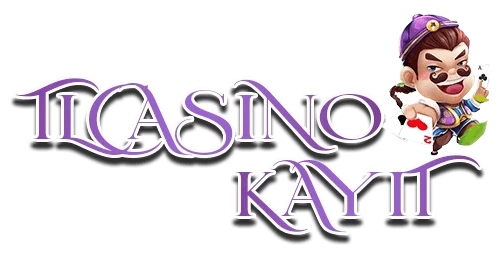While major studios often dominate headlines, indie developers have carved out a significant place among the best PlayStation games. With PlayStation platforms embracing independent titles through digital storefronts and curated showcases, more gamers are discovering that innovation and emotional depth often thrive in smaller-scale productions.
One of the most influential indie games on PlayStation is Journey, a minimalist masterpiece that tells a profound story without words. Its visuals, music, and anonymous multiplayer mechanics created a deeply emotional experience that resonated with players worldwide. It proved that big budgets weren’t necessary to evoke awe or connection.
Similarly, Hades brought roguelike action to new levels Hiu Bet with sharp combat and a richly layered story. Its mythological narrative unfolded gradually with each playthrough, merging gameplay and plot in a way that few AAA titles manage. The game’s reception on PlayStation platforms showed the growing appetite for games that combine mechanical challenge with artistic storytelling.
On the PSP, though indie publishing was less common due to distribution barriers, several smaller titles still made a mark. Games like Half-Minute Hero used unconventional design and humorous writing to deliver a parody of RPG conventions, all wrapped in a fast-paced format ideal for handheld play. These experiences offered fresh alternatives to big-budget entries.
PlayStation’s support of indie games continued with the PS4 and PS5, offering developers access to large audiences. Games like Celeste, Inside, and Hollow Knight gained critical acclaim and commercial success. These titles emphasize precision gameplay, tight narratives, and personal artistic vision—qualities that rival and sometimes surpass big studio games.
Indie games on PlayStation demonstrate that innovation doesn’t require massive teams or photorealistic graphics. The best PlayStation games include these underdog stories not just because they’re different, but because they deliver unforgettable gameplay, artistic risks, and emotional resonance on their own terms.
